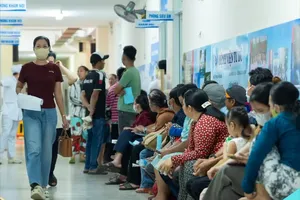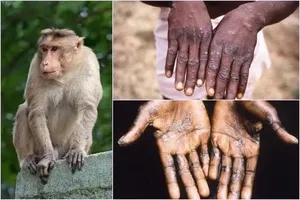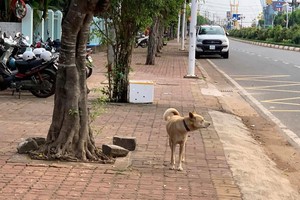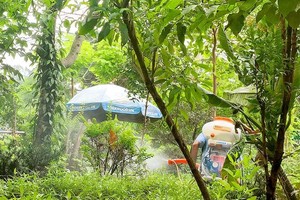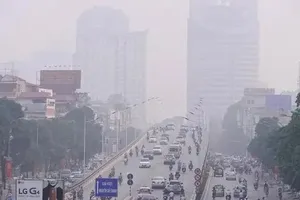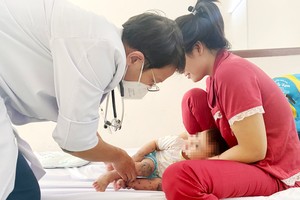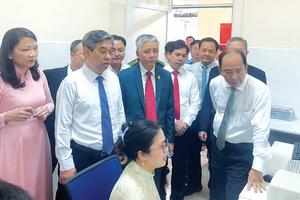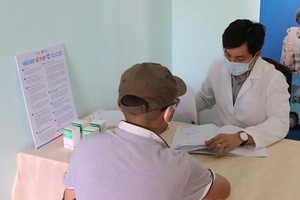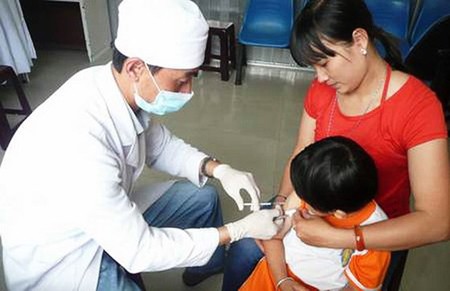
Accordingly, the ministry requested the local authorities to direct the cooperation between their departments of health and related agencies in checking for anyone who has not been injected with measles vaccine in the local areas; carrying out immunizing them against measles; monitoring any area that has wild fluctuations of population as well as remote areas and ethnic communities; strictly performing the task of vaccinating enough dozes to all children as scheduled in the National Expanded Immunization Program (accounting for at least 95 percent children of all wards).
It also asked all hospitals to be well-prepared for emergencies, organize the flows of patients sensibly, arrange isolated units for the effective treatment of measles patients in order to minimize fatal cases, strictly implementing the task of controlling cross infection inside the hospitals, and limit the transference of patients to higher-leveled hospitals if not necessary.
Meanwhile, epidemic fighters in local areas have to try their best to timely discover suspicious cases of measles and quickly cope with the cases. The local authorities should also propagandize the risk of measles and prevention against the disease. In minor cases, children are advised to stay at home.
Statistics of the National Institute of Hygiene and Epidemiology show that since the beginning of 2018, there have been around 100 cases of measles in Vietnam, an increase of more than 30 percent compared to the same period last year. In the whole year of 2017, there were only 141 measles cases found nationwide, mostly in the northern region.
It is noticeable that among the cases of measles this year, 54 patients are babies of under 9 months old (accounting for 38.3 percent). The National Institute of Hygiene and Epidemiology has warned about a high risk of measles outbreak this year in accordance with the rule of an outbreak every four years. In the years of 2013-2014, there were more than 5,000 cases of measles in the northern region, 100 of whom regrettably died.
Worryingly, the rate of immunization in many remote areas, ethnic communities, and industrial parks is very low, leading to an even higher risk.

